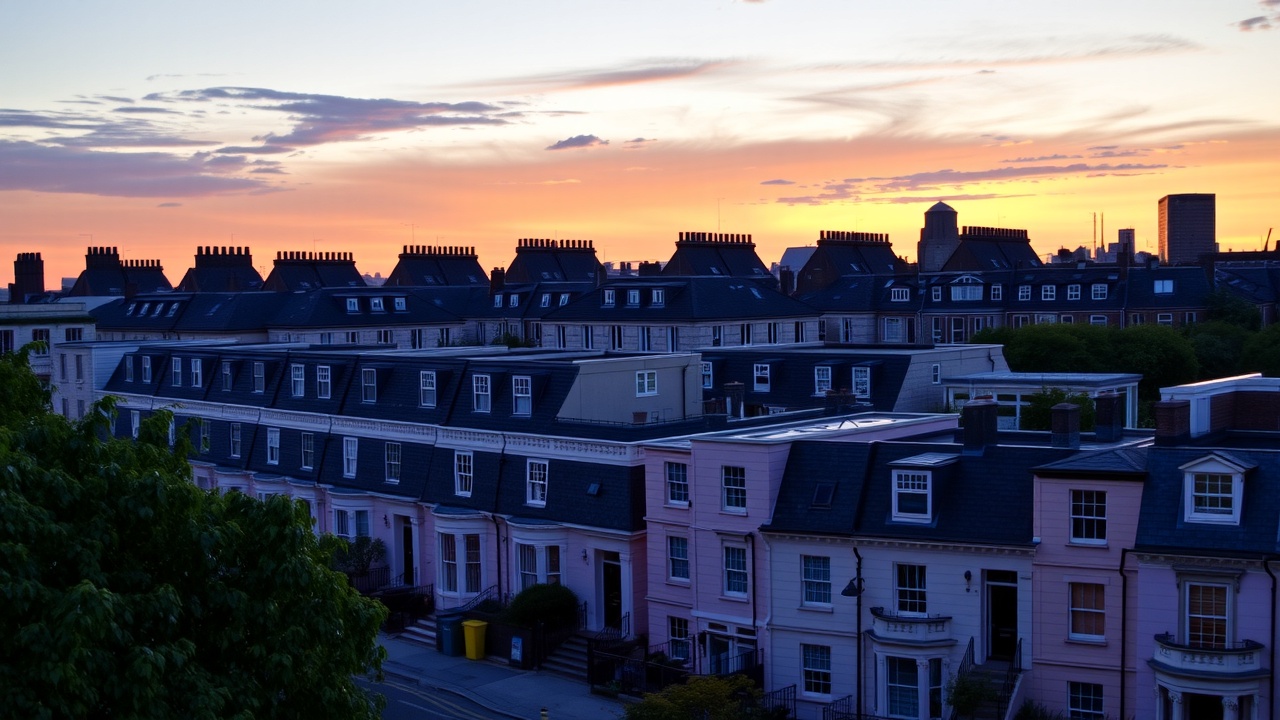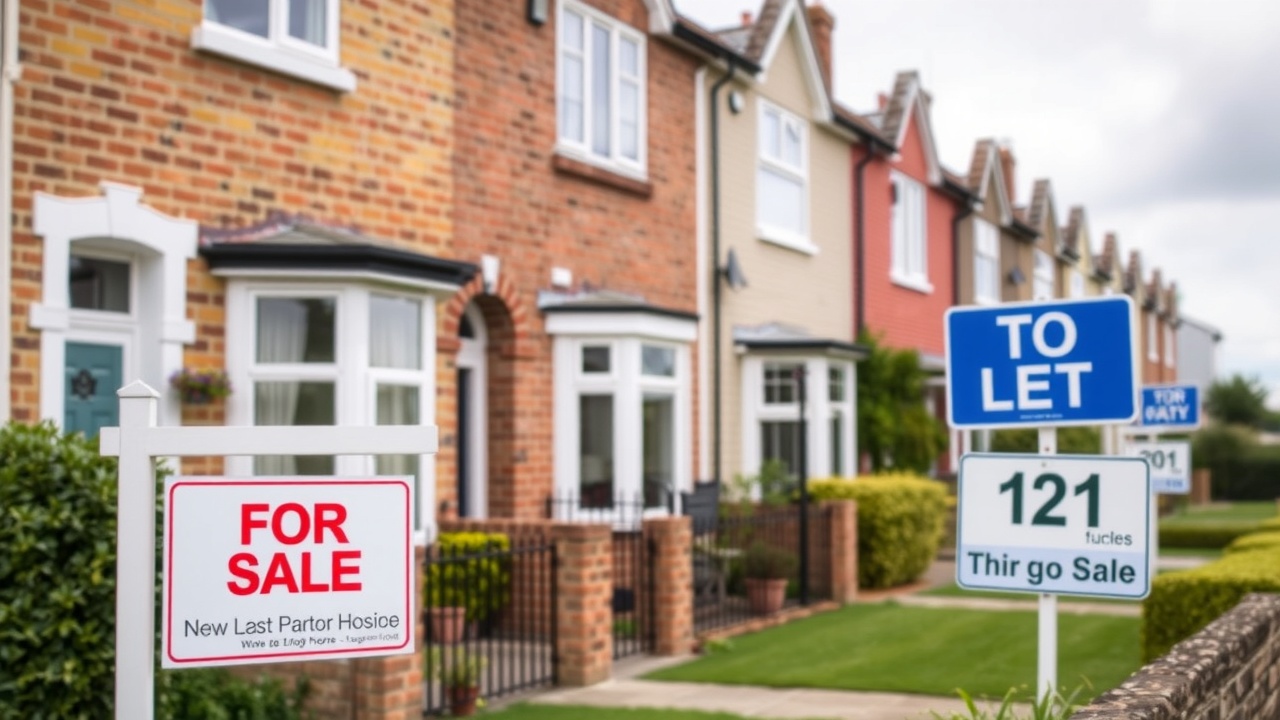
February saw a 01 percent decline in house prices as the window to beat stamp duty changes closed, but an imbalance between supply and demand may cause prices to rise this year
In February, the housing market slowed as experts cautioned that unless they had already begun the conveyancing process, buyers would not have enough time to avoid the impending stamp duty deadline.
According to Halifax, a mortgage lender, house prices decreased by 0.1 percent on a monthly basis after increasing by 0.6 percent in January. The annual growth rate of home prices remained constant at 2 percent, which was not altered from January.
The average price of a property in the UK now stands at 298,602, up from 298,815 the previous month, according to Halifax's house price index.
"February's figures highlight the delicate balance within the UK housing market," stated Amanda Bryden, head of mortgages at the bank.
In spite of the rumors of a last-minute rush on new mortgages due to stamp duty changes, she said, "given the time required to complete a purchase, we've seen some of the demand that was brought forward start to fade as the April deadline ticks closer."
For now, the housing market is still strong in spite of this. It is anticipated that interest rates will continue to decline this year, which should result in additional reductions in mortgage rates. Sub-4 percent deals returned to the market earlier this year, despite the fact that rates are still much higher than their long-term average.
While affordability is still tight, it did get a little better last year as wage growth exceeded inflation in home prices. All of this contributes to respectable activity levels, which Halifax characterizes as being on par with pre-pandemic levels.
The bank anticipates that an imbalance between supply and demand will drive up prices in the future.
"Even though affordability issues are still present, the continuous lack of available housing and strong demand indicate that property values will continue to increase this year, albeit more slowly than they did the previous year," Bryden stated. For comparison, Halifax saw a 3.3 percent increase in home prices last year in the UK.
Other real estate specialists have different predictions. According to estate agency Savills, the North West, the North East, Yorkshire and the Humber, and Scotland will see the fastest increases in house prices, with a 4% overall increase anticipated in 2025.
Knight Frank, a real estate consulting firm, predicts a slower growth rate of 2.5 percent.
How is stamp duty changing?
The thresholds for the contentious property tax are scheduled to decrease at the beginning of April, although homebuyers have benefited from decreased stamp duty costs in recent years. As a result, customers will pay more for their purchases.
Stamp duty was stopped in October 2022 for homes valued at more than £250,000, or £425,000 for first-time purchasers. On April 1st, however, these thresholds will return to their initial values of 125,000 for repeat buyers and 300,000 for first-time purchasers.
Zoopla, a real estate website, issued a warning at the end of January, saying that if buyers haven't already begun the process, it is now "too late for them to agree and complete on a property purchase" before the deadline.
Robert Gardner, the chief economist at Nationwide, has stated that a "corresponding period of weakness in the following months, as occurred in the wake of previous stamp duty changes," may follow a spike in transactions in March as the last buyers finish before the deadline.
According to Halifax's data, the slowdown might be beginning before the deadline has even passed.
Where are the fastest-rising home prices?
Out of all the UK countries, Northern Ireland continues to have the fastest annual growth in home prices. In February, prices increased by 5.9% annually, bringing the average property price to 205,784. Comparing the growth rate to January, it was essentially unchanged.
The average price of a home in Scotland increased by 3 percent annually, from 2 percent in January, to 213,014.
Wales saw an average price increase of 20.8 percent per year, reaching 226,811.
Since the south's affordability limits have been pushed, England has witnessed a north-south divide in recent years regarding the growth of home prices. With prices rising 4.1 percent annually in February, Yorkshire and the Humber saw the fastest growth in England. Nowadays, the average price of a property in the area is 216,130.
House prices in London increased by 1 point 6 percent in February compared to 2 points 6 percent in January. The average price of a property in the capital is £545,183.














Leave a comment on: Halifax: February saw a decline in house prices, but they will still rise